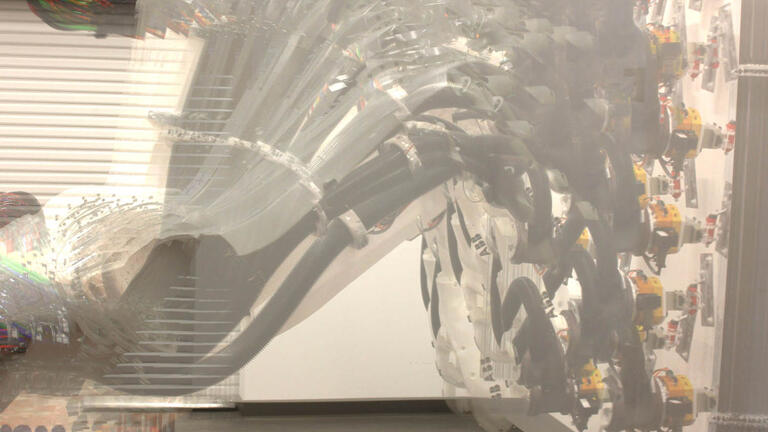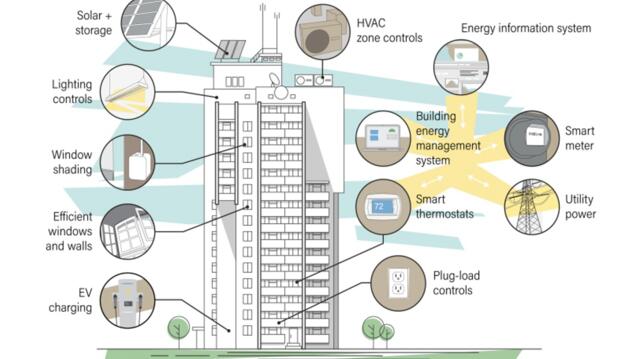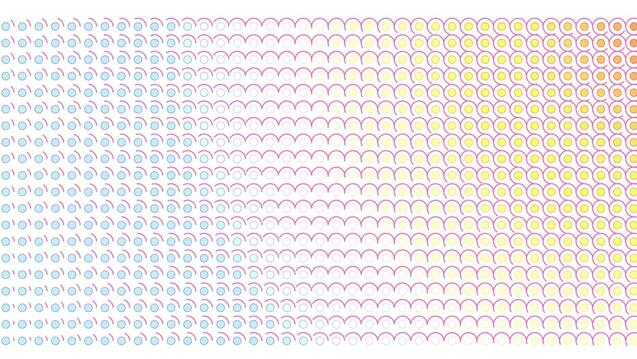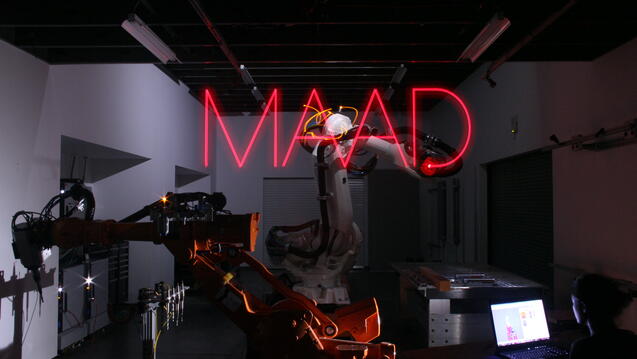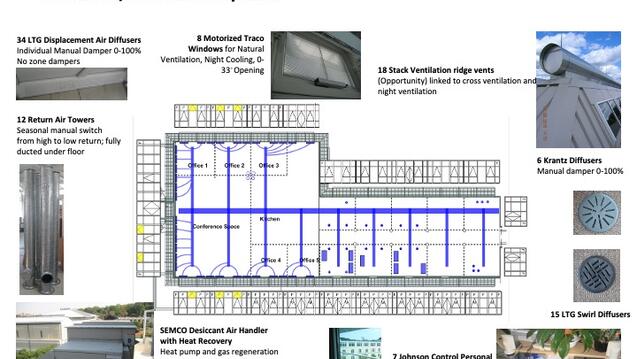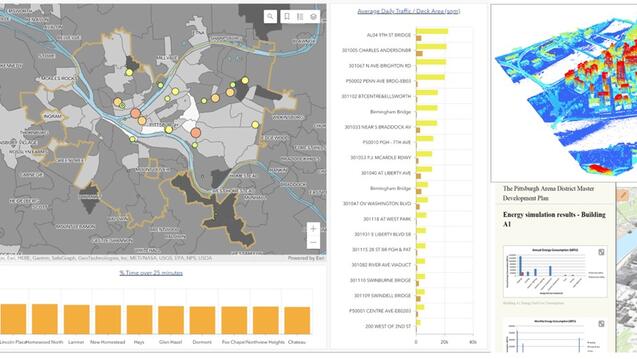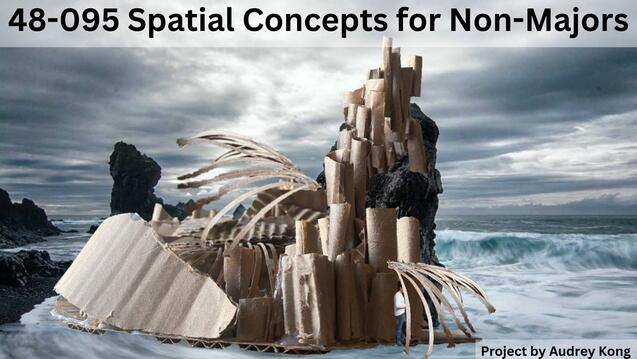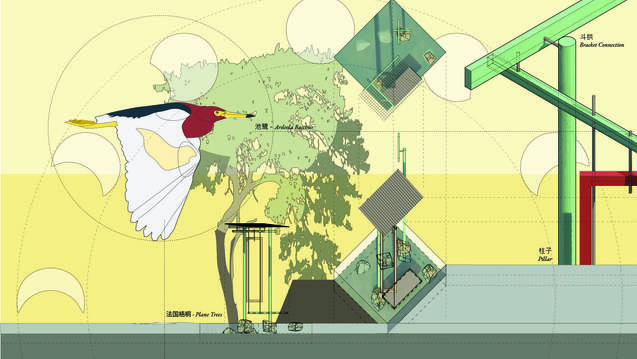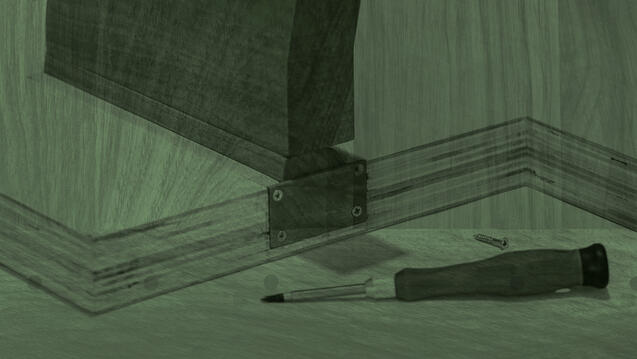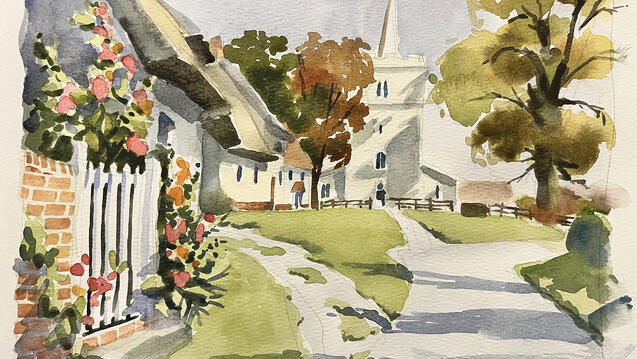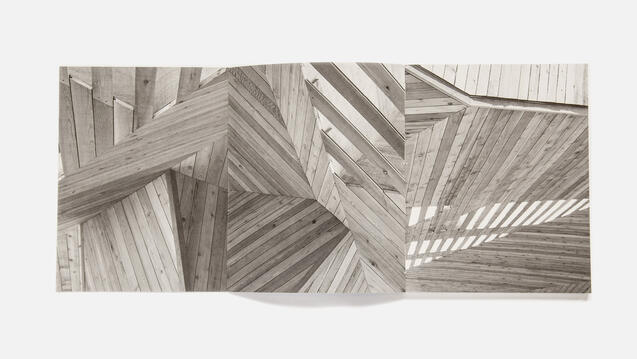This course guides students through the development of a focused research proposal for the MS-BPD thesis. Students identify a topic, formulate research questions, conduct a critical literature review, and create a literature diagram to frame the context of their work. The course emphasizes methodological clarity and a well-defined scope that addresses current questions in building performance, technology, and the built environment.
This course introduces students to the fundamentals of generative modeling using computer aided design as practiced in the field of architecture.
The Master of Advanced Architectural Design (MAAD) program culminates with a design thesis in the final year of studies. This two-semester independent project allows students to conduct design research and develop a project on a topic they have defined in consultation with the program track chair.
This graduate course explores heating, cooling, ventilation, and power supply systems for new commercial buildings, emphasizing strategies to create comfortable, healthy spaces while advancing a zero-carbon future.
In this course, students learn how to use a Geographic Information System (GIS) to investigate spatial relationships, patterns and processes of cultural, biological, demographic, economic, social, environmental, health and other phenomena.
This course serves as an introduction to the spatial concepts of architecture for students from other disciplines. The hands-on course is focused entirely on project design work.
This design research seminar explores vernacular and folklore as a point of departure to frame the theoretical position of the architect as an integration of socio-ecological systems.
This course reimagines the Cabinet of Curiosities as an immersive space for lost stories, spectral histories and unstable memories. Rather than housing objects, these cabinets become architectures of transformation — where narratives dissolve, reassemble and unfold in unexpected ways.
This course explores the craftsmanship of imaginative storytelling by bridging creative writing and the physical craft of making to communicate original ideas through the universal language of stories.
This course provides practice in the use of color to depict architectural surroundings. Following preliminary exercises using pastels, watercolor is used for most of the course. By the end of the course, students will have good judgement in evaluating color hue, value and temperature and gain confidence in use of watercolor.
This six-week mini course is designed to guide students in creating their personal architectural portfolios.
